Thousands of years ago, before the rise of Rome or Greece, an extraordinary civilization flourished between the Tigris and Euphrates rivers. Known as Mesopotamia, or the Cradle of Civilization, this ancient land witnessed the birth of cities, legal codes, and writing systems. From the towering ziggurats of Sumer to the powerful rule of Babylon, Mesopotamia laid the foundation for modern society in ways that still influence us today.
But how did this civilization achieve such remarkable advancements? How did they build one of the earliest urban societies, and what led to their decline? This article explores the incredible achievements, culture, and legacy of Mesopotamia, uncovering the secrets of one of history’s greatest empires.
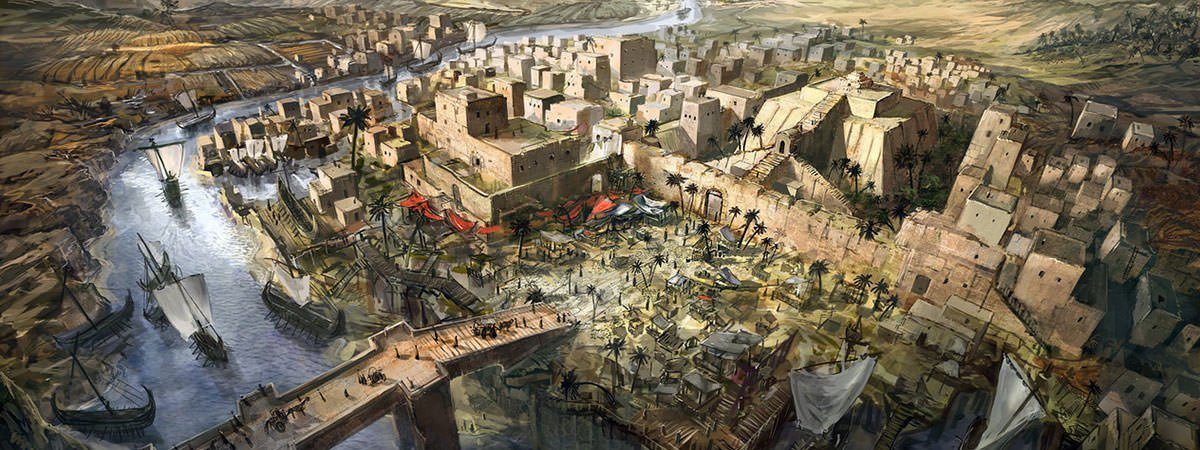
The Rise of Mesopotamian Civilization
The Geographic Advantage of Mesopotamia
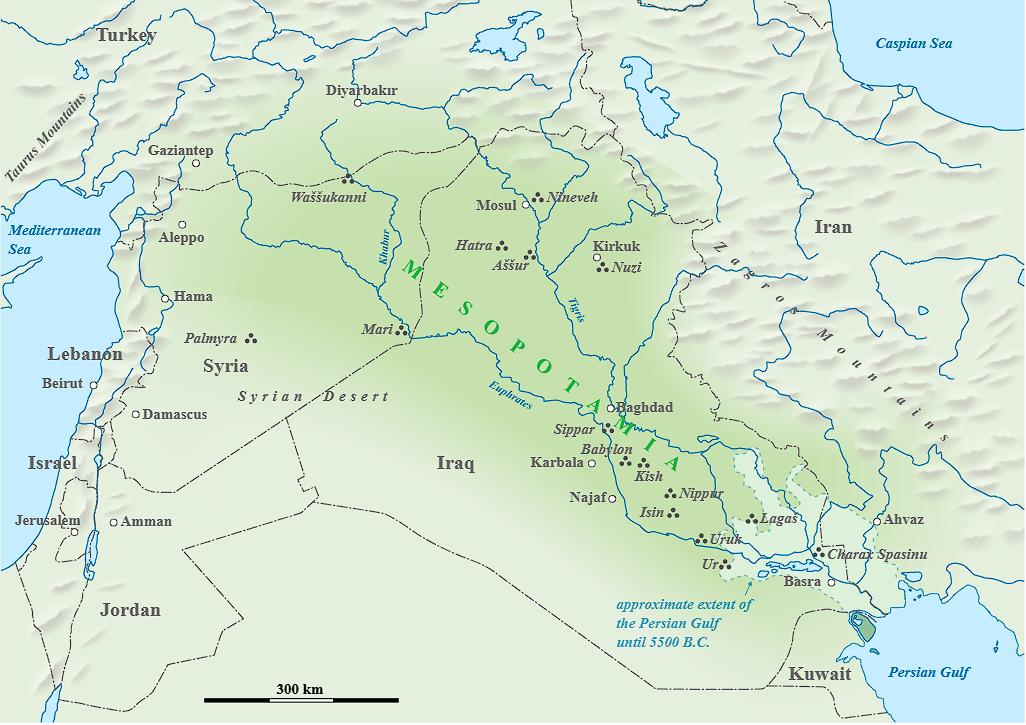
Mesopotamia, meaning “land between rivers,” thrived due to its fertile land and strategic location. The rivers provided water for agriculture, allowing early settlers to cultivate crops such as barley and wheat. The surplus food supply led to population growth, permanent settlements, and eventually, the rise of city-states like Ur, Uruk, and Babylon.
The First Cities and Social Structures
Mesopotamian cities were among the first true urban centers in history. Uruk, one of the oldest cities, had a complex society with distinct social classes, government structures, and religious institutions. These cities were ruled by kings, often seen as representatives of the gods, and featured impressive architecture, including temples known as ziggurats.
Early Government and the Code of Hammurabi
One of Mesopotamia’s most lasting contributions was the development of legal systems. The Code of Hammurabi, created around 1754 BCE, is one of the earliest known legal codes. It established laws covering trade, property rights, and social justice, emphasizing the principle of “an eye for an eye.” This legal framework influenced later civilizations and helped maintain order in Mesopotamian society.
Major Achievements of Mesopotamian Civilization
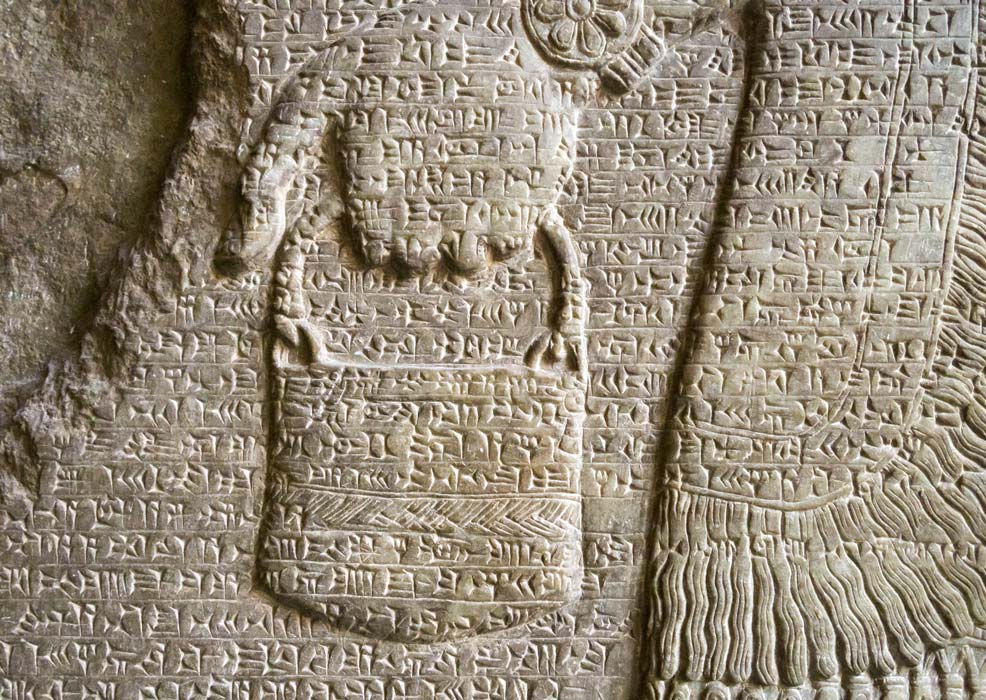
The Invention of Writing: Cuneiform
The Sumerians developed the first known writing system, cuneiform, around 3100 BCE. Initially used for record-keeping in trade, cuneiform evolved to document literature, laws, and religious texts. One of the most famous Mesopotamian works, The Epic of Gilgamesh, is considered the world’s oldest known epic poem.
Advancements in Science and Mathematics
Mesopotamians were pioneers in mathematics and astronomy. They developed a number system based on 60, which led to the 60-minute hour and 360-degree circle still used today. Their knowledge of astronomy allowed them to create calendars for agricultural planning, influencing later scientific advancements.
Engineering and Architectural Marvels
Mesopotamian cities showcased impressive engineering feats. The construction of ziggurats—massive stepped temples—demonstrated their architectural skills. The Hanging Gardens of Babylon, one of the Seven Wonders of the Ancient World, is believed to have been an advanced irrigation masterpiece, though its existence remains debated.
Culture, Religion, and Daily Life in Mesopotamia
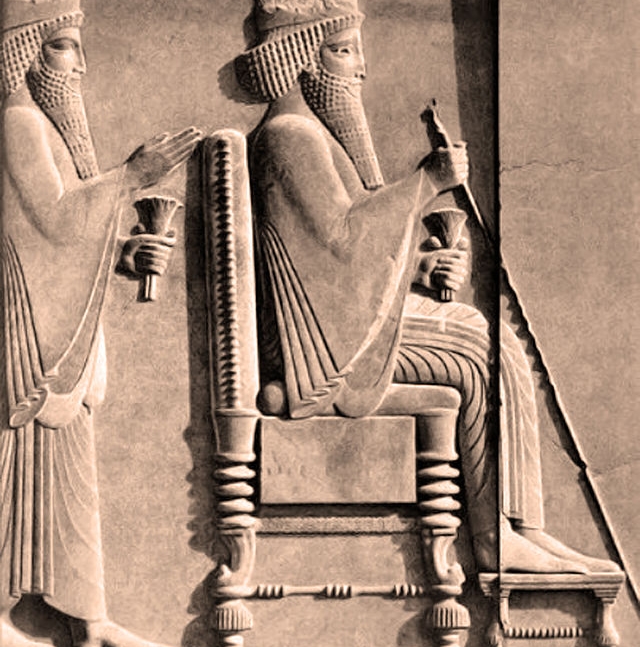
Polytheistic Beliefs and Temples
Religion played a central role in Mesopotamian life. The people worshiped multiple gods, each representing natural forces or aspects of life. Temples, or ziggurats, were built in honor of deities like Enlil (god of wind), Anu (god of the sky), and Ishtar (goddess of love and war). Priests held significant power, acting as intermediaries between the gods and the people.
Trade and Economic Growth
Mesopotamia’s location made it a hub for trade, connecting it to regions as far as the Indus Valley and Egypt. Merchants exchanged goods such as textiles, metals, and spices. The use of silver as currency in trade transactions laid the groundwork for future economic systems.
Art and Literature
Mesopotamian artists created intricate sculptures, pottery, and jewelry, often depicting religious themes or scenes of daily life. The Epic of Gilgamesh remains one of the most significant literary works from this civilization, offering insights into their beliefs about heroism, mortality, and the afterlife.
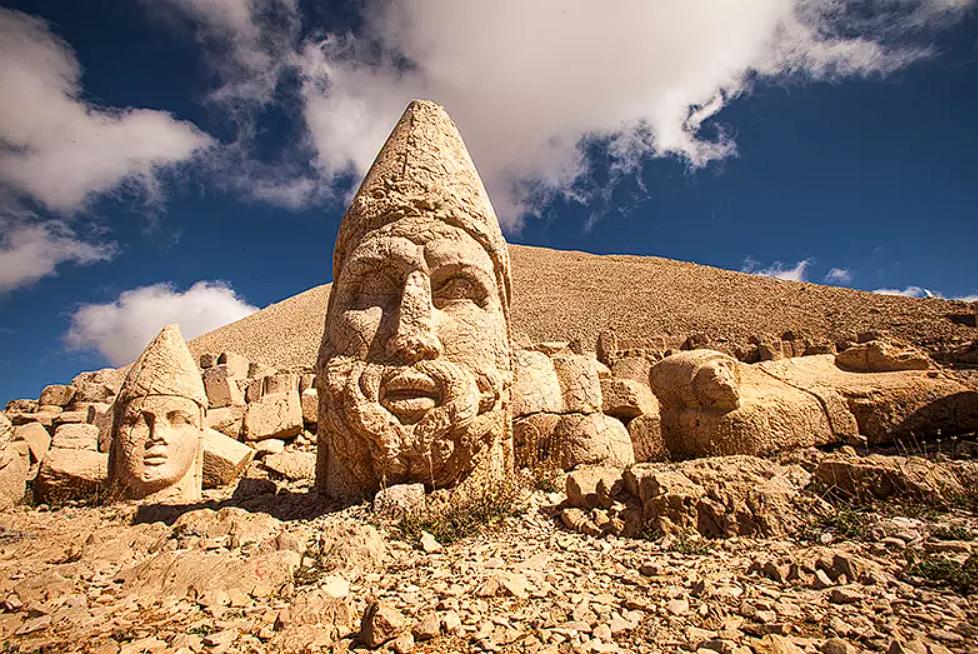
The Decline and Legacy of Mesopotamia
The Fall of City-States
Despite their advancements, Mesopotamian city-states were often in conflict with each other. Invasions from neighboring empires, such as the Akkadians, Assyrians, and Persians, led to shifts in power. Eventually, Mesopotamia fell under Persian rule and later became part of the expanding empires of Alexander the Great and Rome.
Environmental Challenges and Collapse
Environmental factors also contributed to the decline of Mesopotamia. Overuse of land, salinization of soil, and changes in river patterns made agriculture difficult, weakening the civilization. Droughts and natural disasters further accelerated their downfall.
Mesopotamia’s Influence on Modern Civilization
Although the cities of Mesopotamia faded, their impact remains profound. Their innovations in writing, law, mathematics, and governance laid the groundwork for later civilizations, influencing cultures across Europe, Asia, and the Middle East. Modern-day legal systems, urban planning, and scientific principles owe much to the achievements of this ancient civilization.
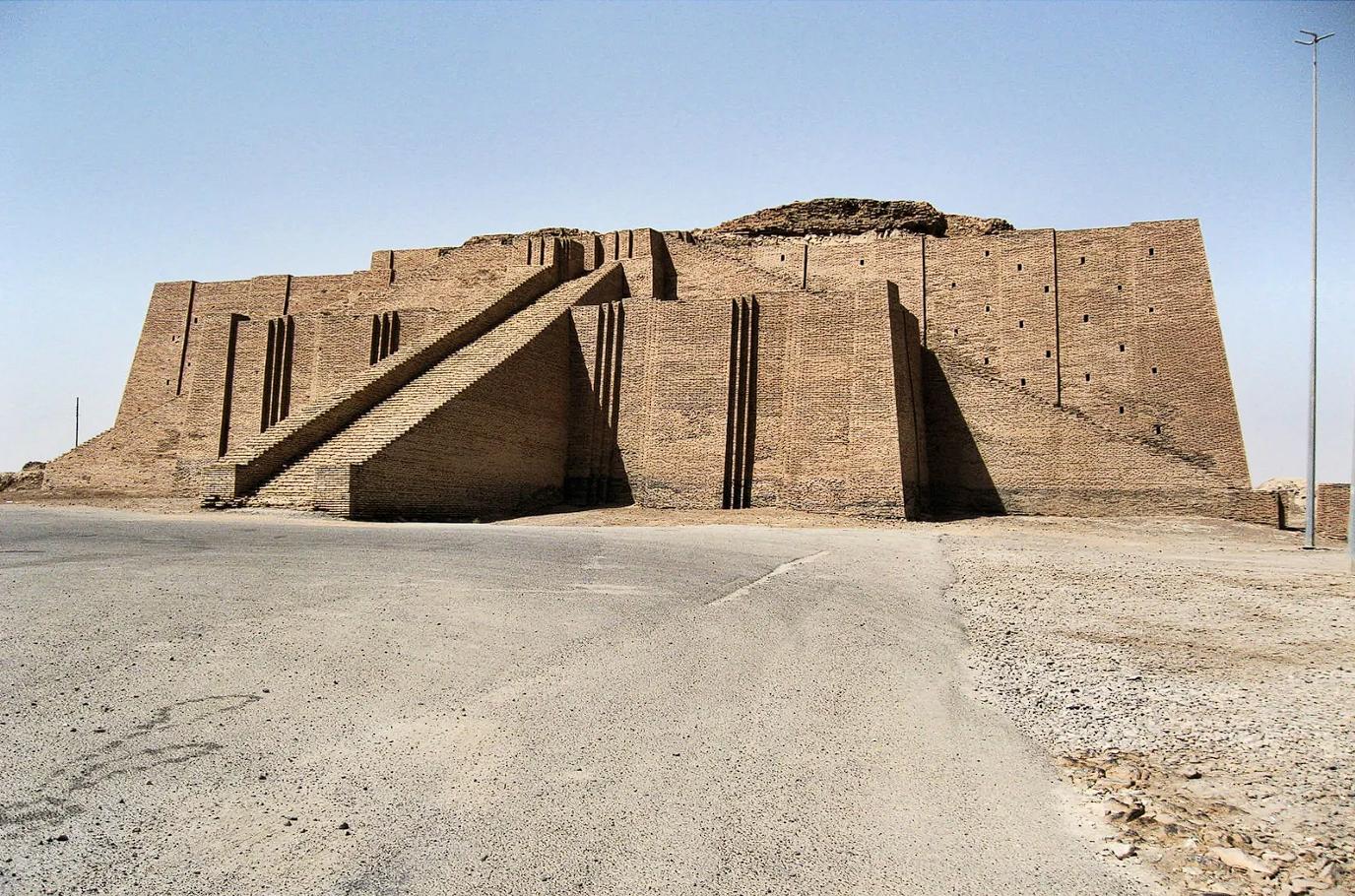
Conclusion
Mesopotamia was not just the first great civilization—it was the foundation upon which human progress was built. From pioneering writing and law to creating complex societies, its influence can still be seen in today’s world. While much of its past lies buried beneath the sands of Iraq, ongoing archaeological discoveries continue to reveal new insights into this remarkable civilization.
What other secrets of Mesopotamia might still be uncovered? How much of our modern world can be traced back to these ancient innovators? The answers may lie in the ruins of history, waiting to be explored.
